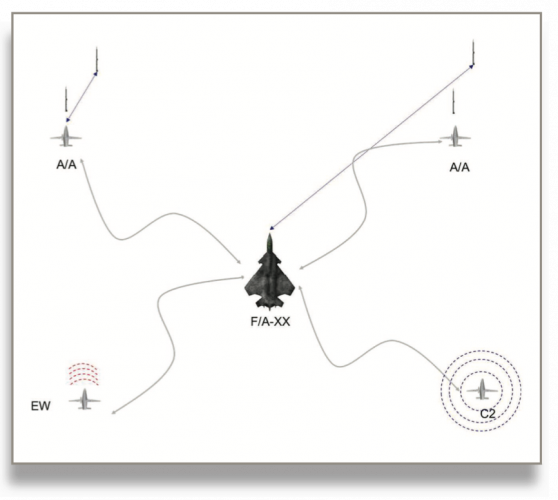bring_it_on
I really should change my personal text
- Joined
- 4 July 2013
- Messages
- 3,661
- Reaction score
- 3,802
Yet they had no issue with 800nmi range subsonic strike aircraft through the entire Cold War, in the A-6. (That's 4x 2000lb warload, IIRC with a single fuel tank on centerline)
That's not what the F/A-18 E is nor the F/A-XX is going to be. So your example is a pretty bad one unless their was perfect overlap between the A-6 and what the F/A-18E / F/A-XX are expected to perform in terms of missions.

